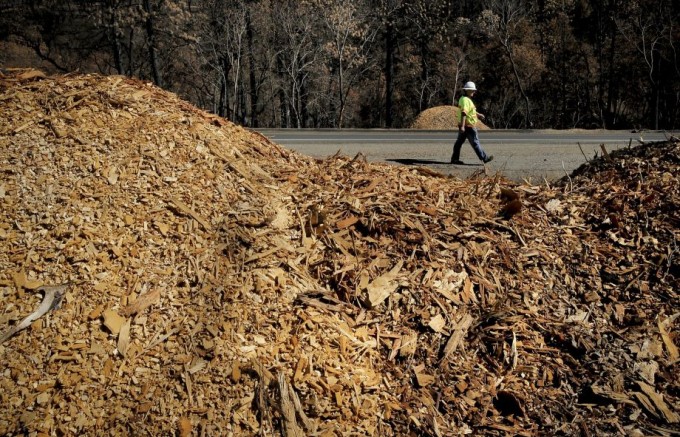
When El Nino hit this year, you may have been looking forward to it. After all, it’s rain – albeit a lot of it – on ground that badly needs the moisture. What you may not have expected, and what some homeowners obviously didn’t expect, is the strong storm taking down the San Francisco retaining walls that hold the hilly landscape at bay.
A lot of the problems we’ve had here in San Francisco this year have been small compared to the two Bay Area homes affected by sliding hillsides at the end of January. However, retaining walls failed all over the city because of the rains. -And now the El Nino, although it’s one of the strongest in history, is on pause.
Rather than breathe a sigh of relief that everything held, now is the time to really take a look at your property. If you have retaining walls (and what San Francisco property doesn’t?), you need to have them checked to make sure they’re still doing their jobs correctly.
Why Do San Francisco Retaining Walls Fail in Rain?
It’s often believed that San Francisco retaining walls fail because of the pressure of all that earth being held back. After all, the Bay Area is just one big hill, right?
That’s far from the truth, however. It’s actually water – not dirt – that is the biggest culprit for knocking down retaining walls. More specifically, it’s water combating a wall with improper, or no, drainage.
When a retaining wall has proper drainage, water slowly seeps out, keeping pressure on the wall down to manageable levels. Without that drainage, however, water builds quickly behind the wall, causing hydrostatic pressure.
Hydro means water, and static means non-moving. So hydrostatic pressure is the pressure against the wall caused by standing water. To understand how this principal works, you can take a full cup of water and stick your finger in it. The pressure of the water against your finger is hydrostatic pressure.
The resulting additional weight of the water against the wall – with no outlet because of poor drainage – causes structural damage. In some cases, it causes cracks or buckles as the water forces its own seep holes into the wall. In other cases, it brings the retaining wall down, along with the soaked ground behind it.
Is Your Retaining Wall Failing?
Is there a way you can tell if your retaining walls are… well, retaining? Are they doing their job? Luckily, your wall doesn’t have to be horizontal to tell if it needs repair. Here are a few warning signs that your retaining wall may not stand up much longer:
- Non-weeping weep holes – If your retaining wall has little holes in it, and those holes aren’t seeping after a rain (particularly a heavy rain), this is a sign that the drainage behind the wall is either inadequate or blocked.
- Pregnant walls – If your retaining wall looks pregnant about a third of the way up, this is a sign that it may not hold much longer. Another good hard rain may be all it will take to knock the wall down.
- Cracking walls – If your retaining walls have cracks, especially if the cracks are deep, long or wide, it’s a good indication that they need repair.
Repair or Rebuild Your Retaining Walls?
If your in San Francisco retaining walls are showing one or some of the signs above, it’s time to have them inspected by the professionals. However, none of these signs are definitive signs of doom; it may not take a complete rebuild to fix the problem. Luckily, there are several ways to repair a retaining wall without starting from scratch.
Tamate Landscaping will work with you to develop the best plan for your landscape and budget, whether it’s repair, renovate or rework. Contact us at 415-265-2697 for a free estimate.


